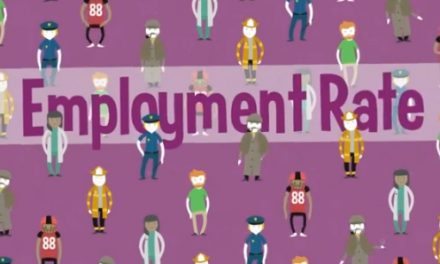The following is a partial list of real estate related statutes which became effective on January 1, 2007, unless otherwise noted.
Increased reimbursement for lack of notice of condo conversion to new tenants
Amended by SB 983:
California Government Code §§66452.8; 66452.9
No less than 60 days prior to filing a tentative map, a subdivider of a rental property who intends to convert the property to a common interest development (CID) must begin handing a written notice to each prospective tenant applying for rental of a unit of his intent to convert the property to a CID.
The fees paid to a tenant by a subdivider who fails to provide the required written notice prior to receipt of rent or a deposit have been raised from $500 to $1,100 per prospective tenant for each of the following:
- actual moving expenses incurred when moving from the subject property; and
- the first month’s rent on the tenant’s new rental unit, if any, immediately after moving from the subject property.
Additional conditions required before adopting response plan
Amended by SB 2144:
Health and Safety Code §25395.96
A property owner qualifies for immunity from liability for response costs or damage claims with regard to the site of an urban infill if he submits a response plan to the Department of Toxic Substances Control, the State Water Resources Control Board, or a California regional water quality control board (“agency”).
The response plan is to provide the public and government agencies the opportunity to participate in decisions regarding the response action. Prior to 30 days before an agency takes action on the response plan, the plan must:
- notify the appropriate governmental agencies of the response plan;
- place a notice in a newspaper; and
- post notice on the site.
Public participation methods are to include:
- 30 days’ prior public notice;
- access to the proposed response plan and supporting documentation;
- procedures for a reasonable opportunity to comment;
- holding a public meeting by the agency in the area to receive comments, if requested; and
- the agency’s consideration of comments received before acting on the response plan.
The response plan may also provide other methods for public participation.
The agency is to provide the affected communities with information regarding their decision-making process and the recourses available to those who may disagree with the agency decision.
Before taking action on the response plan, the agency must consider environmental justice for the communities most impacted, including low-income and racial minority populations.
Guidelines for reviewing a cleanup proposal
Added by SB 2144:
Water Code §13307.5
When reviewing or approving a cleanup proposal, a regional board will provide notification in English and any other languages commonly spoken in the area of the proposed decision to approve the cleanup proposal for the site, including a contact list of board staff to:
- any property owner, resident, or occupant of the site area that may potentially be affected; and
- all appropriate governmental agencies.
The regional board will provide access to the written material at the regional board’s office, at a location local to the site, and on the internet.
The regional board will allow at least thirty days for the public to review and comment on the cleanup proposal. A public meeting in the area of the site is to be held if any of the following conditions apply:
- a public meeting is requested by a potentially affected property owner, resident, or occupant in the area of the site;
- the level of expressed public interest warrants a public meeting;
- a public meeting is mandated by statute; or
- the regional board determines that the existing site contamination poses a significant public health threat.
Notifying the public of sites of interest
Added by SB 2144:
Water Code §13307.6
The regional board may use any of the following procedures to spread information and gather community input regarding a site if the regional board determines there is expressed community interest in the site or if the site poses a significant public health threat:
- an annual fact-sheet;
- an internet posting or electronic distribution of an electronic copy of a document or report;
- an electronic comment or feedback form;
- formation and facilitation of an advisory group;
- additional public meetings or workshops;
- extension of a public comment period;
- preparation of a public participation plan; or
- creation of a mailing list for notifying interested parties of major decisions or activities planned at the site.

















